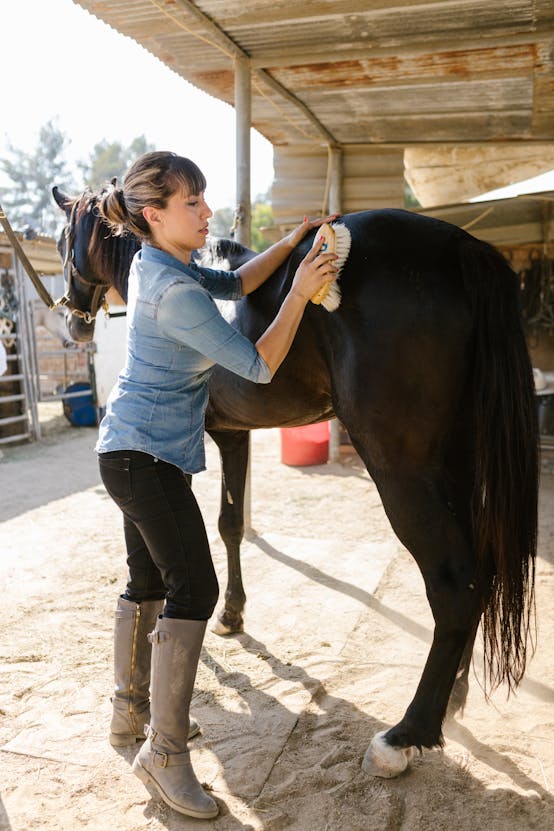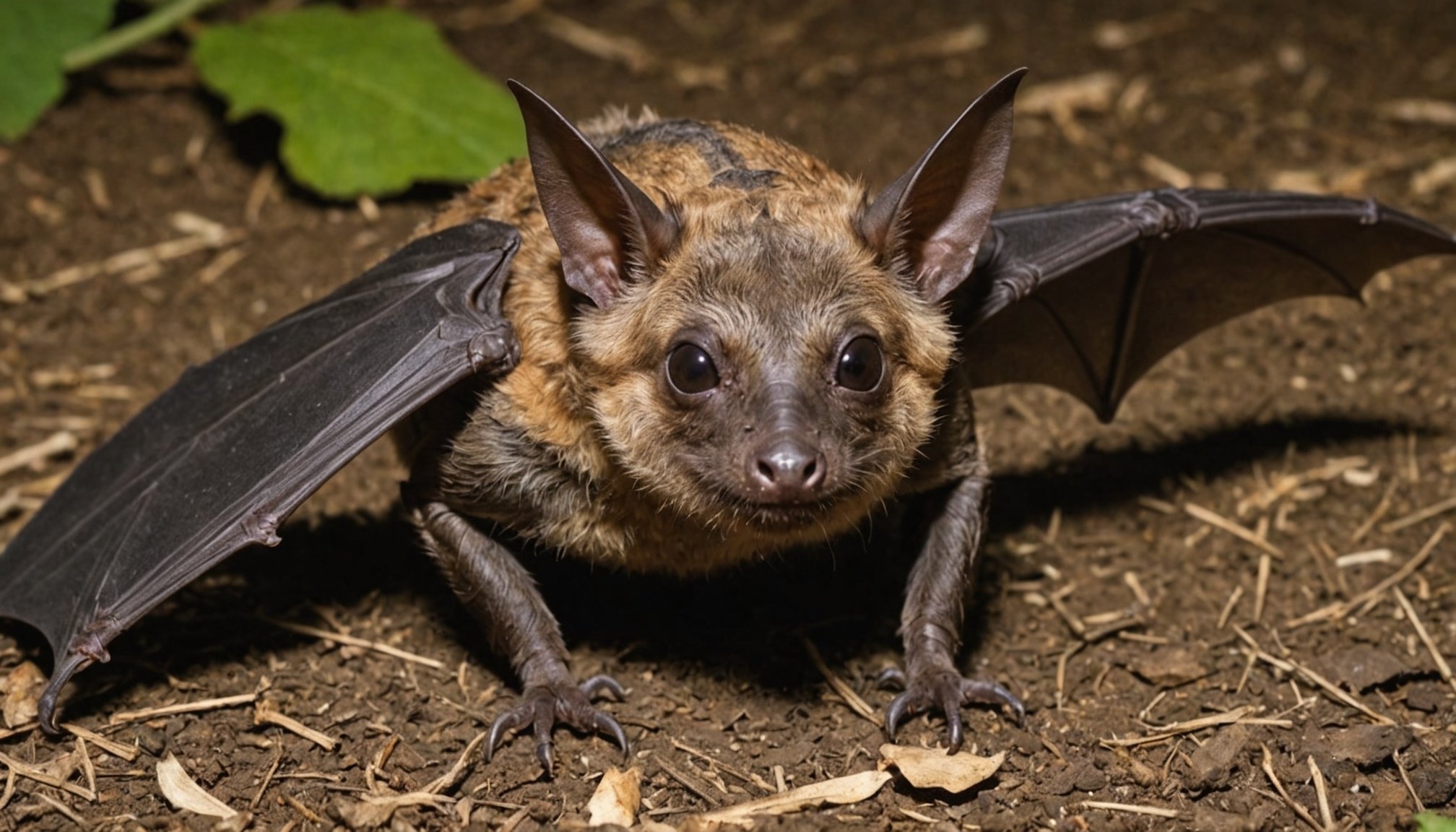Installing a bat box in your garden offers more than just a refuge for these fascinating creatures; it supports local biodiversity and improves your eco-system. Discover the UK bat species that will thrive in your garden with the right setup. From the common pipistrelle to the striking noctule, learn how to attract and support these beneficial nocturnal allies while enhancing your outdoor space. Let’s explore how your garden can become a haven for bats, enriching both the environment and your life.
Overview of UK Bat Species
Exploring the diversity of bats in the UK and their ecological roles.
Lire également : Exploring the Effects of Climate Change on Britain”s Native Butterfly Populations
Common Bat Species in the UK
The UK is home to a fascinating array of bat species, each playing a vital role in maintaining healthy ecosystems. Some of the most common species include the Common Pipistrelle, known for its adaptability, and the Brown Long-eared Bat, recognized for its distinctive ears. These bats are essential for controlling insect populations and pollinating plants.
Importance of Bats in Local Ecosystems
Bats are crucial to the balance of local ecosystems. They help regulate insect populations, reducing the need for chemical pesticides. This not only benefits agriculture but also supports biodiversity. Moreover, bats contribute to seed dispersal and pollination, enhancing the health of various plant species.
Dans le meme genre : Effective Tactics to Prevent Urban Seagulls from Nesting on Your Rooftop
Species Benefiting from Garden Bat Boxes
Garden bat boxes offer a safe haven for bats, particularly in urban areas where natural roosting sites are scarce. Species like the Soprano Pipistrelle and the Noctule Bat often use these boxes. Installing a bat box can encourage these species to thrive in your garden, providing natural pest control and promoting a balanced ecosystem.
- Common Pipistrelle
- Brown Long-eared Bat
- Soprano Pipistrelle
- Noctule Bat
By understanding and supporting bat diversity, we can enhance our gardens and contribute positively to the environment.
Benefits of Installing Bat Boxes
Enhancing ecological balance and promoting wildlife conservation through bat boxes.
Role of Bats in Pest Control
Bat boxes serve as an effective tool for wildlife conservation, providing shelter to bats that play a vital role in pest control. By installing these boxes, you support bats in reducing insect populations naturally, minimizing the need for chemical pesticides. This ecological impact is significant, as bats can consume thousands of insects in a single night, protecting gardens and crops.
Contribution to Biodiversity
The presence of bats in your area contributes to biodiversity. As bats use bat boxes, they help maintain a balanced ecosystem by supporting various plant species through pollination and seed dispersal. This not only encourages a diverse range of flora but also fosters an environment where multiple wildlife species can thrive.
Support for Local Wildlife Conservation Efforts
Installing bat boxes aligns with local wildlife conservation efforts. By providing safe roosting sites, you are actively participating in preserving bat populations, which have been declining due to habitat loss. This simple action can have a profound ecological impact, promoting a healthier and more sustainable environment.
- Pest Control
- Biodiversity
- Wildlife Conservation
By understanding the benefits of bat boxes, you can make informed decisions that positively affect your local ecosystem.
Choosing the Right Bat Box
Selecting the ideal bat box for your garden involves understanding the various options available.
Different Types of Bat Boxes
When choosing a bat box, it's essential to consider the different types available. From single-chamber to multi-chamber designs, each serves specific needs depending on the species you aim to attract. Single-chamber boxes are often suitable for smaller bat species, while larger species may prefer multi-chamber options.
Materials Used in Bat Box Construction
The materials used in constructing a bat box significantly impact its durability and effectiveness. Common materials include wood, which offers natural insulation, and recycled plastic, known for its longevity and low maintenance. Each material has its advantages, influencing the bat box's suitability for different environments.
Key Specifications for Effective Bat Boxes
Understanding the key specifications is crucial for selecting an effective bat box. Consider the size, entrance design, and mounting height. A well-designed bat box should have a rough interior surface to help bats grip and a narrow entrance to protect against predators. Proper specifications ensure the box meets the needs of your local bat species.
- Types: Single-chamber, Multi-chamber
- Materials: Wood, Recycled Plastic
- Specifications: Size, Entrance Design, Mounting Height
By focusing on these aspects, you can choose a bat box that supports local bat populations and enhances your garden's ecological balance.
Installation Tips for Bat Boxes
Ensuring effective results through proper installation techniques.
Ideal Locations for Bat Box Installation
Selecting the right location for your bat box installation is crucial. Bats prefer areas with minimal disturbances and plenty of food sources. Place the box at least 10-12 feet above the ground, ideally facing south or southeast to maximize sunlight exposure, which helps regulate temperature. Avoid placing boxes near artificial lights, as this can deter bats.
Height and Orientation for Optimal Results
The height and orientation of your bat box significantly affect its success. Mounting at an appropriate height ensures safety from predators and human interference. Orienting the box to receive morning sun aids in maintaining an optimal internal environment. Consistent temperatures are essential for attracting bats and ensuring they thrive in their new habitat.
Recommended Mounting Techniques for Stability
Proper mounting techniques are essential for the stability and longevity of your bat box. Secure the box to a sturdy surface, such as a tree or building, using weather-resistant screws or brackets. Ensure the box is stable and does not sway in the wind, as movement can discourage bats from roosting. Regular maintenance checks are recommended to ensure the box remains in good condition.
- Location: 10-12 feet high, south/southeast facing
- Height: Safety and predator protection
- Mounting Techniques: Weather-resistant screws, stability checks
Caring for Your Bat Box
Ensuring a thriving environment for bats through proper care and maintenance.
Importance of Regular Monitoring for Bat Activity
Monitoring your bat box is essential to understand its effectiveness and the well-being of its inhabitants. Regular checks help identify signs of bat activity, such as droppings beneath the box or visible bats during dusk. Keeping a log of these observations can provide insights into the bat box's usage patterns and inform any necessary adjustments.
Cleaning and Maintenance Best Practices
Maintaining a bat box involves periodic cleaning to ensure a healthy environment. It's important to clean the box during the winter months when bats are less likely to be present. Use a soft brush to remove debris and check for any damage. Regular maintenance helps prolong the life of the bat box and ensures it remains an inviting habitat.
Signs of Bat Occupancy to Watch For
Identifying signs of bat occupancy can be straightforward once you know what to look for. Common indicators include guano piles, a musky odor, and sound activity at dusk. Observing these signs can confirm that your bat box is successfully providing a home for these important creatures.
- Monitoring: Regular checks, observation logs
- Cleaning: Winter maintenance, soft brush
- Occupancy Signs: Guano, odor, dusk activity
By following these practices, you can ensure your bat box remains a vital part of local wildlife conservation efforts.
Ecological Benefits of Bat Conservation
Exploring the significant ecological benefits of conserving bat populations.
Contribution to Pollination and Seed Dispersal
Bat conservation plays a crucial role in enhancing biodiversity by supporting pollination and seed dispersal. Bats are known to pollinate various plant species, ensuring the reproduction of flora that other pollinators might overlook. This activity is vital for maintaining diverse plant populations, which in turn supports a wide range of wildlife.
Impact on Local Insect Populations
By conserving bats, we significantly impact local insect populations. Bats are natural pest controllers, consuming vast quantities of insects each night. This reduces the reliance on chemical pesticides, promoting a healthier environment. By supporting bat conservation, we can maintain balanced ecosystems and protect agricultural interests.
Enhancing Garden Ecosystems
Incorporating bat-friendly practices into garden management enhances local ecosystems. By installing bat boxes and preserving natural habitats, we encourage these creatures to thrive. This not only aids in pest control but also supports the ecological balance of garden environments.
- Pollination: Supports diverse plant species
- Insect Control: Reduces need for pesticides
- Garden Benefits: Natural pest management
Through bat conservation, we foster healthier ecosystems, benefiting both natural and human communities.
Success Stories of Garden Bat Box Installations
Exploring how communities are enhancing local ecosystems through bat conservation.
Case Studies of Successful Bat Box Initiatives
In recent years, numerous bat box success stories have emerged, illustrating the positive impact of community involvement in bat conservation. For example, a neighborhood in Somerset installed over 50 bat boxes, resulting in a noticeable increase in local bat populations. Residents reported a 30% reduction in garden pests, highlighting the effectiveness of these initiatives.
Community Engagement in Bat Conservation
Community involvement is crucial for the success of bat box projects. In Sussex, a local wildlife group organized workshops to educate residents about the benefits of bat conservation. This initiative encouraged over 100 families to install bat boxes, fostering a sense of stewardship and environmental responsibility.
Observations and Data from Local Residents
Local residents have played a vital role in documenting the outcomes of bat box installations. In Norfolk, participants noted increased bat activity during dusk, supported by data showing a rise in the number of bats using the boxes. Observations like these provide valuable insights into the success of wildlife conservation efforts.
- Increased Bat Populations
- Pest Reduction
- Community Workshops
Through these success stories, it's evident that community engagement and wildlife observations are integral to effective bat conservation.
Resources and Organizations for Bat Conservation
Discover essential resources and organizations dedicated to bat conservation in the UK.
UK Wildlife Organizations
Numerous wildlife organizations in the UK are dedicated to bat conservation. These groups work tirelessly to protect bat habitats and educate the public. Notable organizations include the Bat Conservation Trust, which offers comprehensive resources and guidance on supporting bat populations, and the Wildlife Trusts, which engage in local initiatives to enhance bat-friendly environments.
Resources for Further Reading
For those interested in expanding their knowledge on bat species and care, several resources are available. The book "British Bats" by John Altringham provides an in-depth look at the ecology and behavior of UK bats. Additionally, the Bat Conservation Trust website offers articles, reports, and guides on bat care, making it a valuable resource for enthusiasts and conservationists alike.
Local Initiatives to Support Bat Populations
Local initiatives play a crucial role in bat conservation efforts. Community-led projects often involve installing bat boxes in gardens and public spaces to provide safe roosting sites. Engaging in these initiatives not only supports local bat populations but also fosters a sense of community stewardship and environmental responsibility.
- Bat Conservation Trust
- Wildlife Trusts
- "British Bats" by John Altringham
By utilizing these resources and participating in local efforts, individuals can contribute significantly to the conservation of bats and the enhancement of biodiversity.













